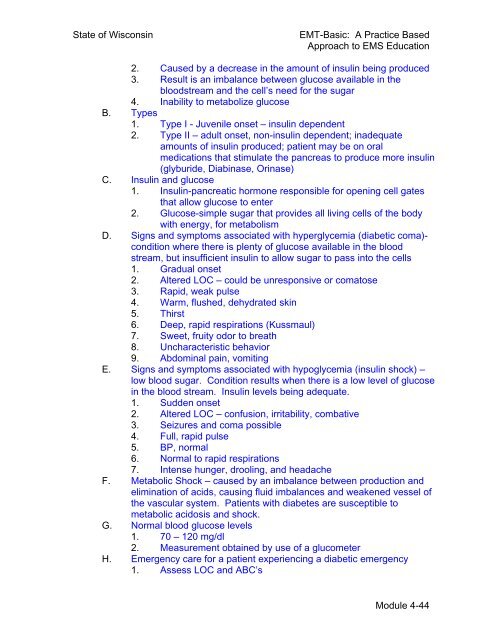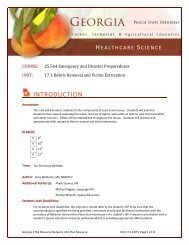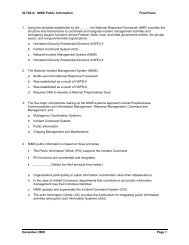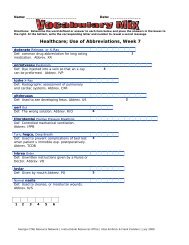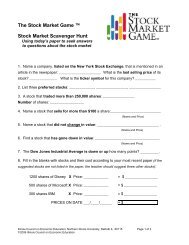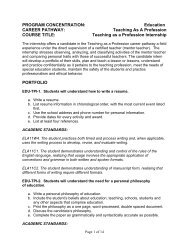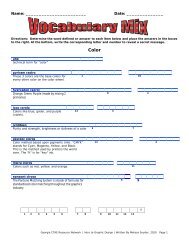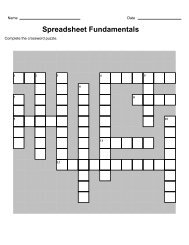emt-basic curriculum module 4
emt-basic curriculum module 4
emt-basic curriculum module 4
You also want an ePaper? Increase the reach of your titles
YUMPU automatically turns print PDFs into web optimized ePapers that Google loves.
State of WisconsinEMT-Basic: A Practice BasedApproach to EMS Education2. Caused by a decrease in the amount of insulin being produced3. Result is an imbalance between glucose available in thebloodstream and the cell’s need for the sugar4. Inability to metabolize glucoseB. Types1. Type I - Juvenile onset – insulin dependent2. Type II – adult onset, non-insulin dependent; inadequateamounts of insulin produced; patient may be on oralmedications that stimulate the pancreas to produce more insulin(glyburide, Diabinase, Orinase)C. Insulin and glucose1. Insulin-pancreatic hormone responsible for opening cell gatesthat allow glucose to enter2. Glucose-simple sugar that provides all living cells of the bodywith energy, for metabolismD. Signs and symptoms associated with hyperglycemia (diabetic coma)-condition where there is plenty of glucose available in the bloodstream, but insufficient insulin to allow sugar to pass into the cells1. Gradual onset2. Altered LOC – could be unresponsive or comatose3. Rapid, weak pulse4. Warm, flushed, dehydrated skin5. Thirst6. Deep, rapid respirations (Kussmaul)7. Sweet, fruity odor to breath8. Uncharacteristic behavior9. Abdominal pain, vomitingE. Signs and symptoms associated with hypoglycemia (insulin shock) –low blood sugar. Condition results when there is a low level of glucosein the blood stream. Insulin levels being adequate.1. Sudden onset2. Altered LOC – confusion, irritability, combative3. Seizures and coma possible4. Full, rapid pulse5. BP, normal6. Normal to rapid respirations7. Intense hunger, drooling, and headacheF. Metabolic Shock – caused by an imbalance between production andelimination of acids, causing fluid imbalances and weakened vessel ofthe vascular system. Patients with diabetes are susceptible tometabolic acidosis and shock.G. Normal blood glucose levels1. 70 – 120 mg/dl2. Measurement obtained by use of a glucometerH. Emergency care for a patient experiencing a diabetic emergency1. Assess LOC and ABC’sModule 4-44


